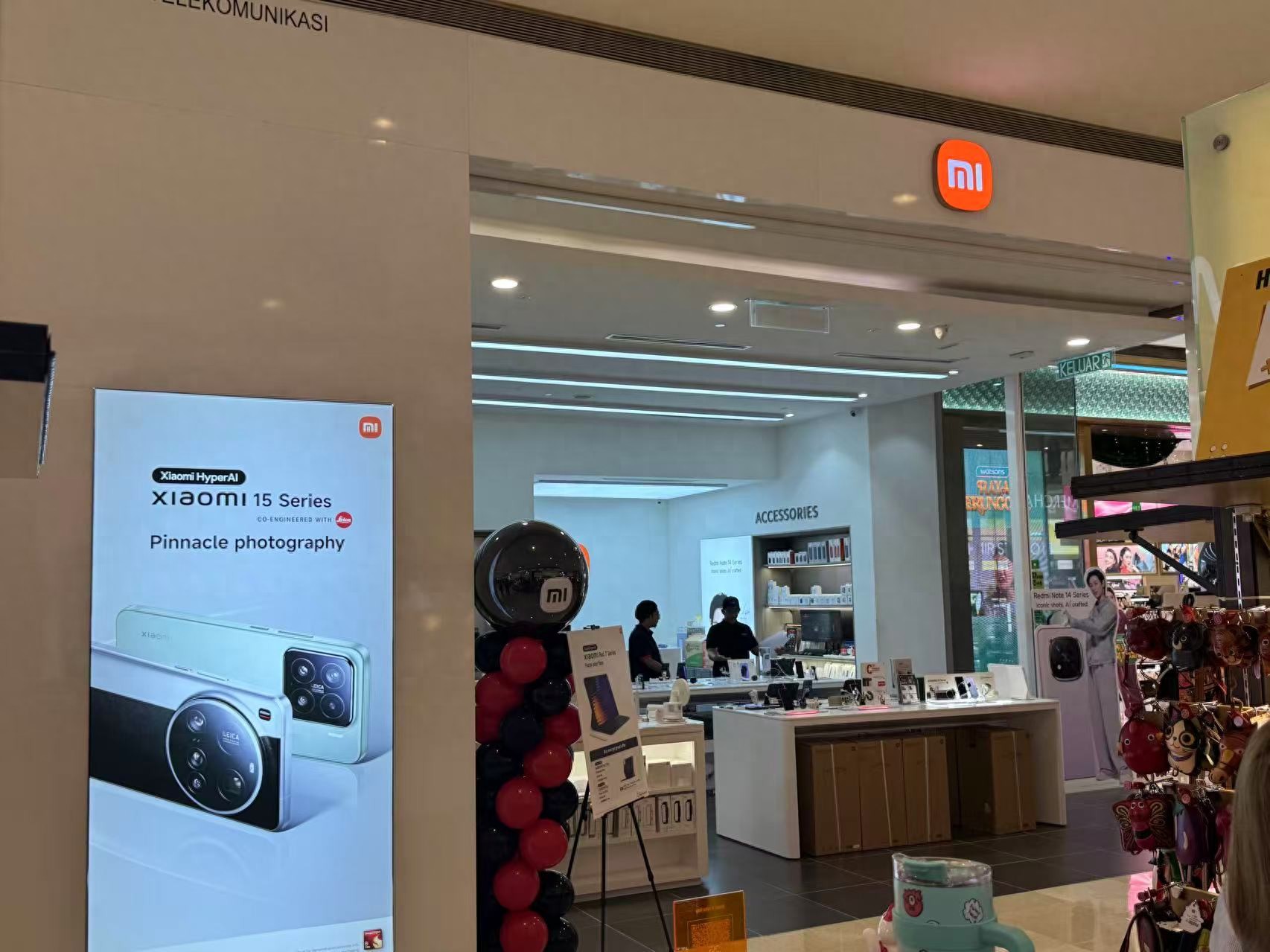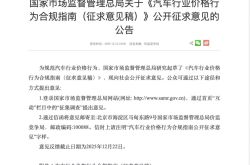China's TV Retail Market: An Uneven Battle with Online Channels Dominating Through Price-Driven Strategies
![]() 07/18 2025
07/18 2025
![]() 630
630
Leveraging low prices to secure orders and entice customers, Redmi TV (a Xiaomi sub-brand) surpassed expectations in online sales performance during the first half of the year. However, the "Big Three" – Hisense, Skyworth, and TCL – continue to advance with high-end large screens and AI technology, engaging in a tug-of-war with low-end TVs epitomized by Redmi.
According to AVC Revo data, in the first half of 2025, Redmi topped the online sales market share with 19.52%, followed by Hisense at 12.34%. Notably, Redmi TV's leading sales position was fueled by its pricing strategy, with an average price of only 2133 yuan, compared to Hisense TV's average price of 4787 yuan during the same period.

Redmi TV's aggressive low-price tactic for winning orders and attracting customers puts pressure on its competitors. Behind this temporary surface-level victory lies a glaring limitation in Redmi TV's development strategy – reliance on low prices as the primary means of success.
In the high-end TV market, Hisense retains its edge. During the first half of the year, Hisense TV ranked first in both offline sales volume and sales amount, maintaining year-over-year growth, and leading the online sales amount as well. This underscores that Hisense TV, with its premium and high-quality products, has become the go-to choice for value-driven consumers.
Overall, AVC Revo data reveals three key trends in China's color TV industry during the first half of 2025: price-sensitive consumers prefer Redmi, value-driven consumers opt for Hisense, and foreign brands retain loyal customers.
Price Reigns Supreme – Sensitive Consumers Opt for Redmi TV
Redmi TV's dominance in online sales market share during the first half of the year was not a victory for the brand itself but for its pricing strategy. Redmi TV's low-price market capture approach is inherently short-sighted.
Products devoid of technological innovation struggle to foster genuine customer loyalty and find it even more challenging to establish a foothold in the global market without price-driven incentives. For instance, in the first half of the year, Hisense and TCL occupied the top two spots in online sales market share with 18.39% and 15.97%, respectively, and their average product prices were 4787 yuan and 4563 yuan, respectively.
Similarly, in offline sales, Hisense, Skyworth, and TCL ranked among the top three, commanding a significant share of the market and maintaining year-over-year growth. Notably, the average prices of these three brands' products were as high as 7786 yuan, 6636 yuan, and 6709 yuan, respectively.
Whether online or offline, Redmi TV cannot compete on the same level as Hisense, TCL, and Skyworth.
Technology Trumps All – Value-Driven Consumers Favor Hisense
After years of development, China's color TV industry has ascended to the global forefront, fueled not by price-driven strategies but by continuous technological innovation and iteration. Hisense, for instance, has filled gaps in China's TV display technology with its laser display technology. Hisense TVs have ranked second in global shipments for two consecutive years (as of the end of 2024), setting an industry benchmark with a long-term vision and technology-centric approach.
Hisense has consistently driven technological progress. From unveiling the world's first 4K laser TV in 2014, breaking the mold of traditional LED/LCD TVs, to introducing the world's first 8K laser TV in 2022, and subsequently launching the world's first rollable-screen laser TV and full-color laser TV; from self-developing the ULED X picture quality platform to creating image processing chips, every technological breakthrough transforms technology into an enhanced user experience, which is Hisense TVs' greatest asset in winning the market.
Hisense TV embodies Jeff Bezos' philosophy: "We must create long-term value for customers through technology."
Sony and Samsung – Offline Competitiveness Remains
Although Chinese TV brands dominate the Chinese market and exert comprehensive pressure on Korean and Japanese TV brands globally, overseas brands such as Sony and Samsung still enjoy loyal customer bases in China.
AVC Revo data (Chinese market) indicates that in the first half of the year, Samsung ranked sixth in offline sales market share with 3.39% and an average price of 13930 yuan, while Sony ranked eighth with 2.07% market share and an average price of 16187 yuan.
This demonstrates that despite the rise of Chinese brands, Samsung and Sony remain competitive in the high-end offline market. The high-end market demands not just price and performance but also a holistic brand and experience offering. Globally, Samsung currently leads in terms of brand and experience, setting the benchmark for Chinese brands to aspire to.
China's Color TV Industry Cannot Rely Solely on Price
From the perspectives of technological innovation, R&D capabilities, and supply chain management, Xiaomi currently lacks these strengths.
While Redmi TV's marketing prowess and price advantages have boosted sales, they do not signify a robust manufacturing system or intelligent advantages. This contrasts sharply with Hisense and TCL, which independently control core components, panels, and AI algorithm research and development.
Amidst consumption upgrades, price-driven strategies are gradually losing their effectiveness, reflecting that consumers now prioritize experience, service, image quality, technological innovation, etc., when purchasing TVs. This underscores the fundamental difference between value-driven consumers and price-oriented users.
In a market-oriented system, diverse products cater to different consumer groups. Redmi TV's existence is part of the market structure but not indicative of future trends. Hisense and TCL's commitment to independent R&D and the global moats they have built through supply chains, technology, and localized R&D and manufacturing represent the optimal path for China's color TV industry.
Xiaomi TV's model of expanding capacity through pricing does not possess global competitiveness and cannot represent the true level of China's intelligent manufacturing.
Winning orders through low prices is a strategy, but technological breakthroughs form the foundation for sustainable development. From Sony to Samsung to Hisense, their success stems from leveraging cutting-edge technology, continuous R&D, comprehensive supply chains, and globalized brand, technology, and standard outputs to earn user trust and peer respect.
Just as Hisense TV stands as a beacon for China's color TV industry on the global stage, it relies on technology-driven, user-centric, service-oriented, brand-focused, and globalization-driven strategies.
Redmi TV may be the temporary king of online sales, but it is certainly not the king of technology, nor can it represent the level of intelligent manufacturing and scientific research prowess of China's color TV industry.






